With the announcement of retirement of Jacques Kallis, the curtains are set to drop on the most remarkable career of modern times. Arunabha Sengupta looks back at the career of the man who is indisputably the greatest all-rounder of the modern era.
Exit of the Jacque of all trades
The dreaded announcement had been on the cards for a while.
Especially so after a dismal 2013, a year that has seen him score just 194 runs in seven Tests at 17.63. His last major sustained Test match bowling feats were accomplished way back in 2008. He was incredible across the many facets of the game, but even the greatest reach that bend of time beyond which the flow of even undisputed genius comes to a standstill.
Yet, for all its inevitability, for any genuine cricket lover the announcement will ring with the hollowness left in its wake — echoing from an arena suddenly stripped off sparkle and glory from all three dimensions.
Simply put, Jacques Kallis was a marvel of the modern game, a phenomenon like no other, a colossus of a figure whose influence was felt across every facet of cricket. And with his departure there is one wonder less in the cricketing world, one less miracle to witness on the fields — the only one of its kind.
In many ways Kallis was a freak. The world had seldom seen anything like him. His status as a confirmed great has been secure with the seal of universal approval for some time now. Not often does one see a sporting legend lend his name to sites while his career graph is still soaring towards the stratosphere. But, the cricket field of his old school Wynberg Boys’ High was already renamed ‘Jacques Kallis Oval’ as far back as in 2009.
He was an all-rounder as few have been.
To the opposition bowlers, he was like a rock in the batting order, well-nigh impossible to dislodge, a fountain of patience and runs who could stay rooted to the wicket for eternity. Indeed, in 2001-02 he batted 1,241 minutes between dismissals in Tests, amounting to 456 runs across four innings. Two years later, he scored 158, 177, 130*, 130* and 150* in five successive Tests.
To the batsmen, he was an additional threat and a potent one once the menace of the incredible South African front line bowlers had been seen off. Well, the uninitiated would soon be forced to amend that statement to ‘other South African frontline bowlers’. For Kallis was often at par with the best bowlers of the side, on occasions going beyond them. In between the two marathon batting feats mentioned in the last paragraph, he captured six for 54 against England to win the Headingley Test in 2003.
And even while he just stood in the field, his looming presence under the white sun-hat always niggled at the back of the mind, safe as a vault in the slips, waiting for the ball to fly off the edge.
He strode the world as one of the greatest batsmen of his era — a period that saw Sachin Tendulkar, Brian Lara and Ricky Ponting lording over the twenty-two yards. His batting was forever rooted to copybook principles, the lack of expression on his face matching the absence of frills and flourish in the orthodoxy of his technique. Yet, he was by no means limited. Sometimes he could give the ball a hearty wallop, as the hapless Zimbabweans found out in March 2005 as he hit his way to a 24-ball fifty.
 Jacques Kallis has 292 wickets as he gears up for his final Test © Getty Images
Jacques Kallis has 292 wickets as he gears up for his final Test © Getty Images
And yet bowling was by no means a minor arrow in his quiver. The second weapon was always potent and on occasions destructive. He could be fast, disconcertingly so, and could swing the ball a long way, his formidable cricketing mind working out ways and means to get you out. He was nippy enough to make Sourav Ganguly fend off his face to gully at Bloemfontein in 2001. Till the day the announcement of his intent to retire was heard, he was still capable of letting one through at full tilt. One does not capture nearly 300 Test wickets by being a part time bowler.
In the slips, his hands were as fast and safe as any. He stood relaxed and passive, sometimes with a hint of a smile, but ready to erupt into explosive action the moment an edge seemed in the offing. His hands missed little and often he covered distance through the air with ridiculous ease, grasping catches that left all breathless but him. He is on the brink of 200 catches in Test cricket, and will stop just short of Rahul Dravid’s record of 210.
In spite of the almost superhuman toil throughout his career, he was seldom derailed by injuries.
The late Christopher Martin-Jenkins attributed this to his bowling action —sideways on, left arm leading, with full turn of his frame and surging follow-through, much like Alec Bedser of yore.
The Sobers of the modern day?
There is only one genius in the history of cricket who merits comparison. But, as we will demonstrate later, even when it comes to the versatility of Garry Sobers, there is at least one aspect that makes Kallis unique.
Whenever comparisons with Sobers come up, as they inevitably do given such similar deeds of the willow, leather and infield, one is faced with the contrasting approaches of the entertaining Sobers and the classical and correct Kallis.
As Gideon Haigh put it, “Sobers [was] all prowling grace and feline elasticity, with his 360-degree bat swing and three-in-one bowling; Kallis all looming bulk and latent power, constructed like a work of neo-brutalist architecture. … Yet what they are just as much opposites of are their respective eras. Sobers was the most explosive cricketer of a more staid age, the more mercurial because of the orthodoxy and rigidity around him; Kallis is the most stoic and remorseless cricketer of an era more ostentatious and histrionic. … Sobers was a cavalier among roundheads; Kallis has steadily become a roundhead among cavaliers.”
Sobers waved his bat generating a spray of talent and invention that soaked the onlooker. Kallis’s batting is much more rooted to the copybook principles, the lack of expression on his face matching the absence of frills and flourish in the orthodoxy of his technique. The South African languishes at 46.08 when it comes to career strike rate, while the estimated figure for Sobers hovers in the range of 52-53. Yes, the strike rate of Sobers it is not that high either. But, given the era he batted in, his was certainly the more impressive of the two.
Yes, Kallis did have a problem with his rate of scoring, especially in the shorter formats. His strike rate in One-Day Internationals (ODIs) has hovered in the early 70s, and it is on the slower side for the modern generation. It even cost him a place in South African squad for the ICC World T20 2007. His response was to score heavily in the Tests that followed, 155 and 100 not out at Karachi, 59 and 107 not out at Lahore and then coming back and hammering 186 at Johannesburg and 131 at Centurion against New Zealand, managing five hundreds in four Test matches.
In fact, even late in his career he continued to evolve his game. After a miserable first season for Royal Challengers Bangalore in the Indian Premier League (IPL) in 2008, he hit 361 in 15 games in the second edition in South Africa the following year. Of course, he continued to shine in the more established formats of the game, going past 10,000 runs in both Tests and ODIs between the two editions of the hit and giggle circus.
So, while the charge of sluggishness can perhaps be justified, it is also true that Kallis adapted his game as few have been known to.
In his era, Sobers was the undisputed king of batting, with only Graeme Pollock’s short career and, to some extent, Ken Barrington approaching anything like his numbers and consistency.
Kallis has shared the peak with more men — mainly Tendulkar, Lara and Ponting, perhaps Hashim Amla and Kumar Sangakkara in his later days. But, he can strongly claim to have been the best since 2000.
With the ball, Sobers could operate in three different styles — which marks him as the more versatile of the two. However, Kallis does enjoy a better average and strike rate with the only way he bowled.
While Sobers held his own during a period that saw Wes Hall, Charlie Griffith and Lance Gibbs bowling for West Indies, Kallis did run in alongside Allan Donald, Shaun Pollock and later Dale Steyn.
On the field, Sobers was brilliant at any position and could take blinders anywhere close in — superb in the slips and extraordinary in the back-ward short leg, especially to Lance Gibbs. Kallis again has been more specialised, sticking to his place in the slip cordon. Yet, he has his share of spectacular catches — but with South Africa banking majorly on a pace attack, his catching ability has been confined to the slips. There has seldom been any need for him to move elsewhere.
While there may not be too much perceptible variation between the two apart from their styles of batting, bowling and fielding, there is one key difference between them.
Sobers made most of his runs from the position befitting an all-rounder — number six. He did enjoy his moments at the top of the order, but predominantly came down lower in the order, after men like Rohan Kanhai, Basil Butcher, Seymour Nurse and later Clive Lloyd. It was perhaps justified for him to bat low given the amount of work he had to put in with the ball. In contrast, Kallis has always taken on the role of the front-line batsman of the team, getting most of his runs at No 3 or 4. His forays down the order have been occasional and always driven by extenuating circumstances.
Sobers scored more than half his runs and 15 of his 26 hundreds at No 5 and 6, while Kallis has hardly batted below four, and 43 of his 44 centuries been scored from numbers at one-drop or two-drop.
The other major difference is of course captaincy.
Sobers led in 39 of his 93 Tests, often with innate brilliance and sometimes according to his whims. Kallis has led South Africa on only two occasions. He has for long been a trusted advisor of his captain. And although Keith Stackpole rated him as one of the most selfish batsmen in the game, fellow South Africans vouch for his being an ideal team-man.
Whether Kallis was the best all-rounder ever or not will remain a debate with no conclusion. There will be arguments and figures for both him and Sobers and plenty of voices supporting the claims of both.
Similarly, whether he was the best batsman of his era will also be a matter of ideas and opinions and interpretation of statistics.
However, what will seldom be disputed is that he was, without as semblance of doubt, the most remarkable player of his generation, a wonder of the cricket world, a marvel that the game has seldom witnessed before and perhaps will never do so in the years to come.
Given the similarities between their records, it was quite fitting that Kallis had been awarded the Garry Sobers Trophy for the ICC Player of the Year in 2005. One can say with certainty that such cricketers as the two of them come once in a lifetime — that too only if one is born lucky to share lifespan with these wonders of the world.
And we have enjoyed more than our share of fortune to have seen the entire career of Jacques Kallis unfold in its full magnificence in front of our eyes.
(Arunabha Sengupta is a cricket historian and Chief Cricket Writer at CricketCountry. He writes about the history and the romance of the game, punctuated often by opinions about modern day cricket, while his post-graduate degree in statistics peeps through in occasional analytical pieces. The author of three novels, he can be followed on Twitter at http://twitter.com/senantix)
![submenu-img]() KBC 16: Amitabh declares to cover medical expenses of Nareshi Meena's brain tumour treatment, says 'badi himmat...'
KBC 16: Amitabh declares to cover medical expenses of Nareshi Meena's brain tumour treatment, says 'badi himmat...'![submenu-img]() Bomb threat on Air India flight, full emergency declared at Thiruvananthapuram airport
Bomb threat on Air India flight, full emergency declared at Thiruvananthapuram airport![submenu-img]() Amar Kaushik breaks his silence on Shraddha Kapoor’s limited screen time in Stree 2: ‘Agar woh zayada dikhti…’
Amar Kaushik breaks his silence on Shraddha Kapoor’s limited screen time in Stree 2: ‘Agar woh zayada dikhti…’![submenu-img]() 'Today India's strategy is to maintain equal closeness with all nations': PM Modi in Poland
'Today India's strategy is to maintain equal closeness with all nations': PM Modi in Poland![submenu-img]() Meet actress who gave 9 flop films in 14 years, is still ahead of Deepika, Alia, Anushka, Katrina in terms of...
Meet actress who gave 9 flop films in 14 years, is still ahead of Deepika, Alia, Anushka, Katrina in terms of...![submenu-img]() Rahul Gandhi ने श्रीनगर के लाल चौक पर लोगों के साथ खाई आइसक्रीम, समझे इसके सियासी मायने
Rahul Gandhi ने श्रीनगर के लाल चौक पर लोगों के साथ खाई आइसक्रीम, समझे इसके सियासी मायने![submenu-img]() Air India फ्लाइट में बम की धमकी, तिरुवनंतपुरम में कराई इमरजेंसी लैंडिंग, सुरक्षित उतारे गए यात्री
Air India फ्लाइट में बम की धमकी, तिरुवनंतपुरम में कराई इमरजेंसी लैंडिंग, सुरक्षित उतारे गए यात्री![submenu-img]() Kolkata Rape-Murder Case: प्रदर्शनकारियों की मांग के आगे झुकी ममता सरकार, हॉस्पिटल के प्रिंसिपल को हटाया
Kolkata Rape-Murder Case: प्रदर्शनकारियों की मांग के आगे झुकी ममता सरकार, हॉस्पिटल के प्रिंसिपल को हटाया![submenu-img]() UP Police Re-Exam 2024: सोशल मीडिया पर पेपर लीक के दावे के बाद हाई अलर्ट पर STF और यूपी पुलिस
UP Police Re-Exam 2024: सोशल मीडिया पर पेपर लीक के दावे के बाद हाई अलर्ट पर STF और यूपी पुलिस ![submenu-img]() Delhi-NCR में आज और कल नहीं मिलेगी ऑटो-टैक्सी, जानें क्यों हड़ताल पर उतरे ड्राइवर
Delhi-NCR में आज और कल नहीं मिलेगी ऑटो-टैक्सी, जानें क्यों हड़ताल पर उतरे ड्राइवर![submenu-img]() Meet woman, who left her dream of becoming a doctor, cracked UPSC exam in first attempt, secured AIR...
Meet woman, who left her dream of becoming a doctor, cracked UPSC exam in first attempt, secured AIR...![submenu-img]() Meet taxi driver's son, who was humiliated by police, cracked UPSC exam, then become...
Meet taxi driver's son, who was humiliated by police, cracked UPSC exam, then become...![submenu-img]() Meet Indian boy who became world’s youngest surgeon at 7, studied at IIT, he is now...
Meet Indian boy who became world’s youngest surgeon at 7, studied at IIT, he is now...![submenu-img]() Meet woman who lost her father at young age battled society's doubts, then transformed a cinema hall into...
Meet woman who lost her father at young age battled society's doubts, then transformed a cinema hall into...![submenu-img]() Meet man, who left high-paying job to crack UPSC exam, first become IPS, then IAS with AIR...
Meet man, who left high-paying job to crack UPSC exam, first become IPS, then IAS with AIR...![submenu-img]() Kolkata Doctor Murder: BJP Asks CM Mamata Banerjee To Resign Over Kolkata Murder-Rape Case
Kolkata Doctor Murder: BJP Asks CM Mamata Banerjee To Resign Over Kolkata Murder-Rape Case![submenu-img]() Kolkata Doctor Murder: Chirag Paswan Questions CM Mamata’s Protest Rally Over Kolkata Doctor Murder
Kolkata Doctor Murder: Chirag Paswan Questions CM Mamata’s Protest Rally Over Kolkata Doctor Murder![submenu-img]() Kolkata Doctor Murder: Kolkata Doctor's Autopsy Reveals Details Of Injuries And Sexual Assault
Kolkata Doctor Murder: Kolkata Doctor's Autopsy Reveals Details Of Injuries And Sexual Assault![submenu-img]() Kolkata Doctor Murder: WB Governor Slams CM Mamata, Says Not Society But Present Govt. Failed Women
Kolkata Doctor Murder: WB Governor Slams CM Mamata, Says Not Society But Present Govt. Failed Women![submenu-img]() Uttarakhand Bus Stand Rape: Five Held After Girl Gang-Raped In A Bus At Dehradun ISBT
Uttarakhand Bus Stand Rape: Five Held After Girl Gang-Raped In A Bus At Dehradun ISBT![submenu-img]() Amid rumours to join politics, Vinesh Phogat's new post goes viral, here's what she said
Amid rumours to join politics, Vinesh Phogat's new post goes viral, here's what she said![submenu-img]() Where is Olympics Gold medalist Arshad Nadeem? Will he challenge Neeraj Chopra at Diamond League?
Where is Olympics Gold medalist Arshad Nadeem? Will he challenge Neeraj Chopra at Diamond League?![submenu-img]() Vinesh Phogat to enter politics? Report says she is likely to contest against...
Vinesh Phogat to enter politics? Report says she is likely to contest against...![submenu-img]() Arshad Nadeem's net worth was just Rs 80 lakh before Gold medal win, his current net worth is Rs...
Arshad Nadeem's net worth was just Rs 80 lakh before Gold medal win, his current net worth is Rs...![submenu-img]() Haryana govt awards Rs 5 crore to Olympics medallist Manu Bhaker, check how much Neeraj Chopra, Vinesh Phogat got
Haryana govt awards Rs 5 crore to Olympics medallist Manu Bhaker, check how much Neeraj Chopra, Vinesh Phogat got![submenu-img]() This star survived World War II, walked miles through forest, had no clothes and food, her brother died; later became...
This star survived World War II, walked miles through forest, had no clothes and food, her brother died; later became...![submenu-img]() iPhone 16 Pro vs iPhone 15 Pro: Key upgrades Apple will bring in September 2024
iPhone 16 Pro vs iPhone 15 Pro: Key upgrades Apple will bring in September 2024![submenu-img]() Eat these healthy vegan foods if you want to lose weight
Eat these healthy vegan foods if you want to lose weight![submenu-img]() In: 5 beautiful places you must visit in Kalka-Shimla
In: 5 beautiful places you must visit in Kalka-Shimla![submenu-img]() Meet Salman Khan's 'niece' who worked in TV, became star at 7, was called 'mini Katrina Kaif'; then left films, now...
Meet Salman Khan's 'niece' who worked in TV, became star at 7, was called 'mini Katrina Kaif'; then left films, now...![submenu-img]() Bomb threat on Air India flight, full emergency declared at Thiruvananthapuram airport
Bomb threat on Air India flight, full emergency declared at Thiruvananthapuram airport![submenu-img]() 'Today India's strategy is to maintain equal closeness with all nations': PM Modi in Poland
'Today India's strategy is to maintain equal closeness with all nations': PM Modi in Poland![submenu-img]() 17 dead, several injured in reactor blast at Andhra Pradesh's Anakapalli
17 dead, several injured in reactor blast at Andhra Pradesh's Anakapalli![submenu-img]() Why are auto-taxi drivers in Delhi-NCR on strike today? Here's all you should know
Why are auto-taxi drivers in Delhi-NCR on strike today? Here's all you should know![submenu-img]() REVEALED: Reason behind road rage in Badlapur
REVEALED: Reason behind road rage in Badlapur![submenu-img]() Jammu and Kashmir Assembly elections: What is delimitation that paved the road for these Elections?
Jammu and Kashmir Assembly elections: What is delimitation that paved the road for these Elections?![submenu-img]() Wings of Refuge: Rafales escort Hasina to safety
Wings of Refuge: Rafales escort Hasina to safety![submenu-img]() Bangladesh in a crisis: A coup, protests and a fleeing Prime Minister
Bangladesh in a crisis: A coup, protests and a fleeing Prime Minister![submenu-img]() DNA Explainer: What is Waqf Board Act and why does Modi government want to amend it?
DNA Explainer: What is Waqf Board Act and why does Modi government want to amend it?![submenu-img]() DNA Explainer: Why is Bangladesh burning again?
DNA Explainer: Why is Bangladesh burning again?
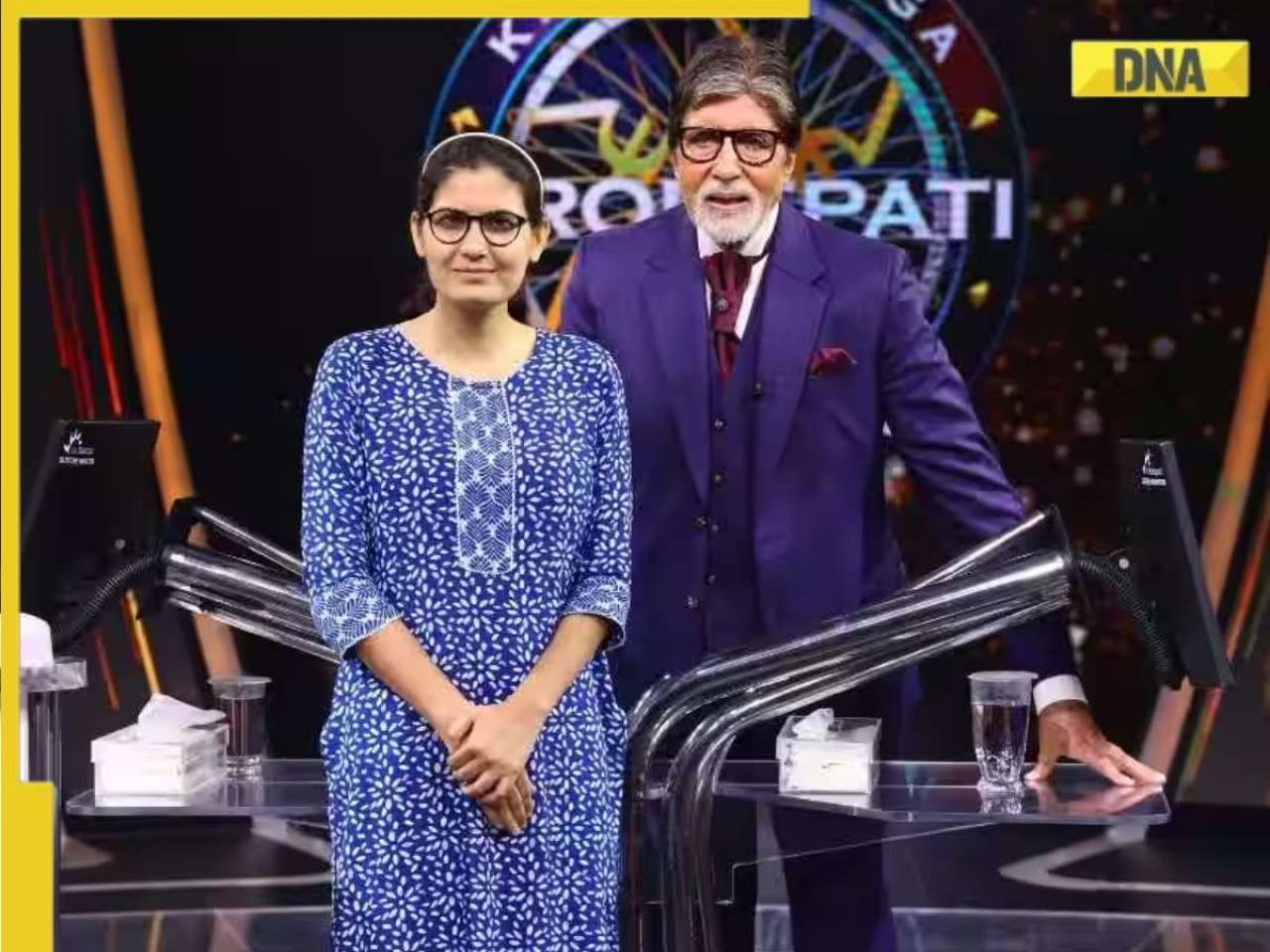


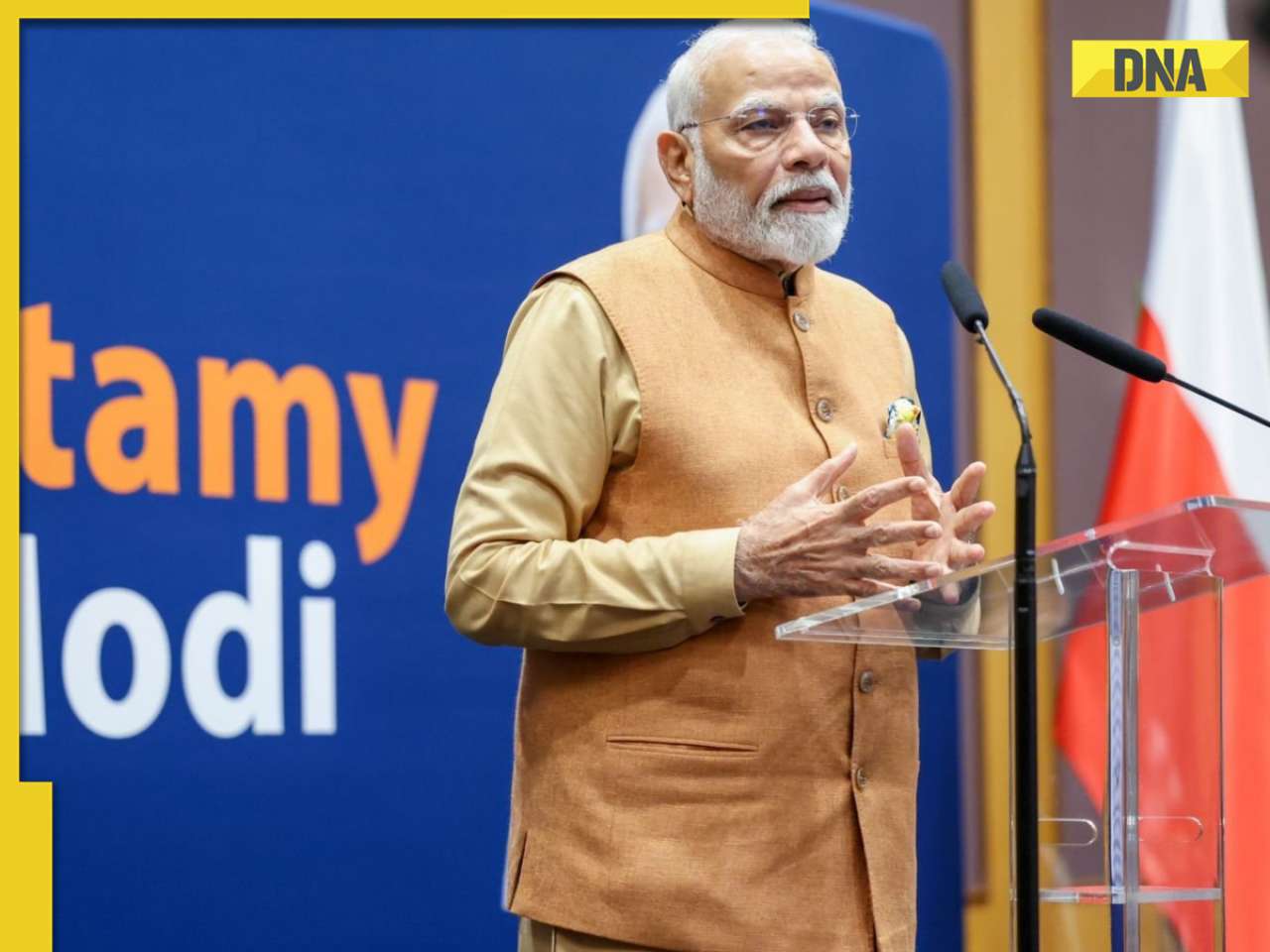





















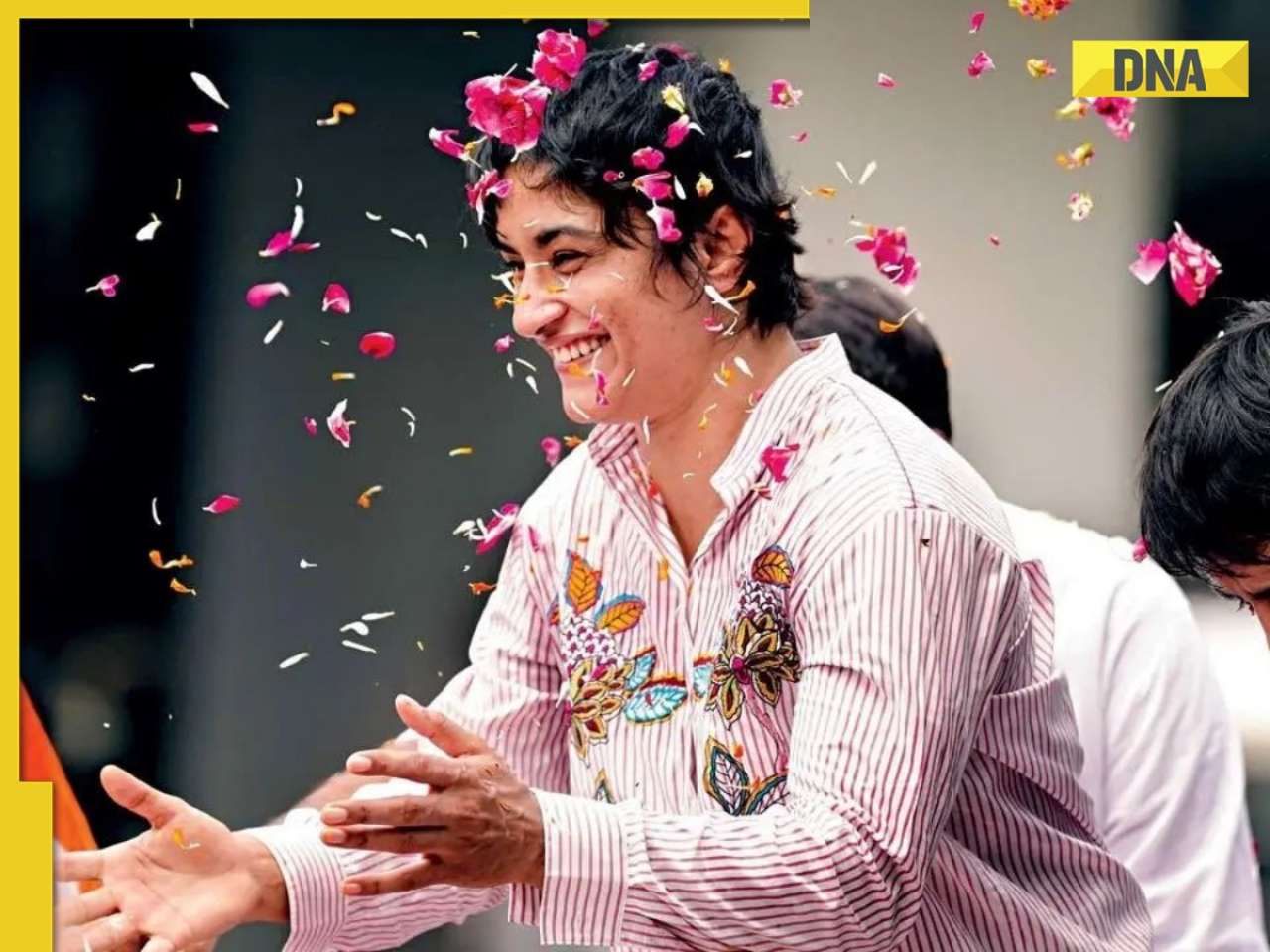
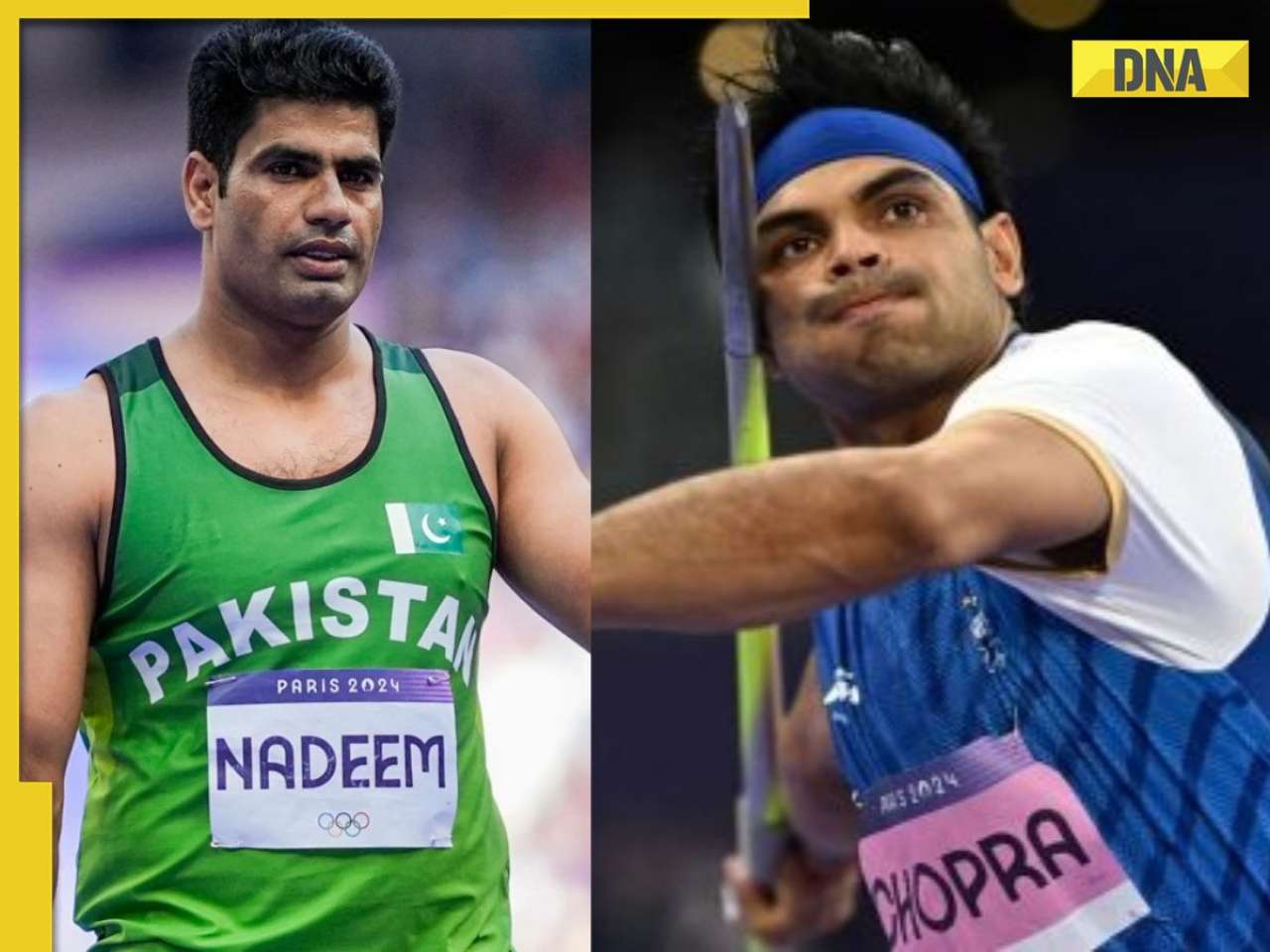

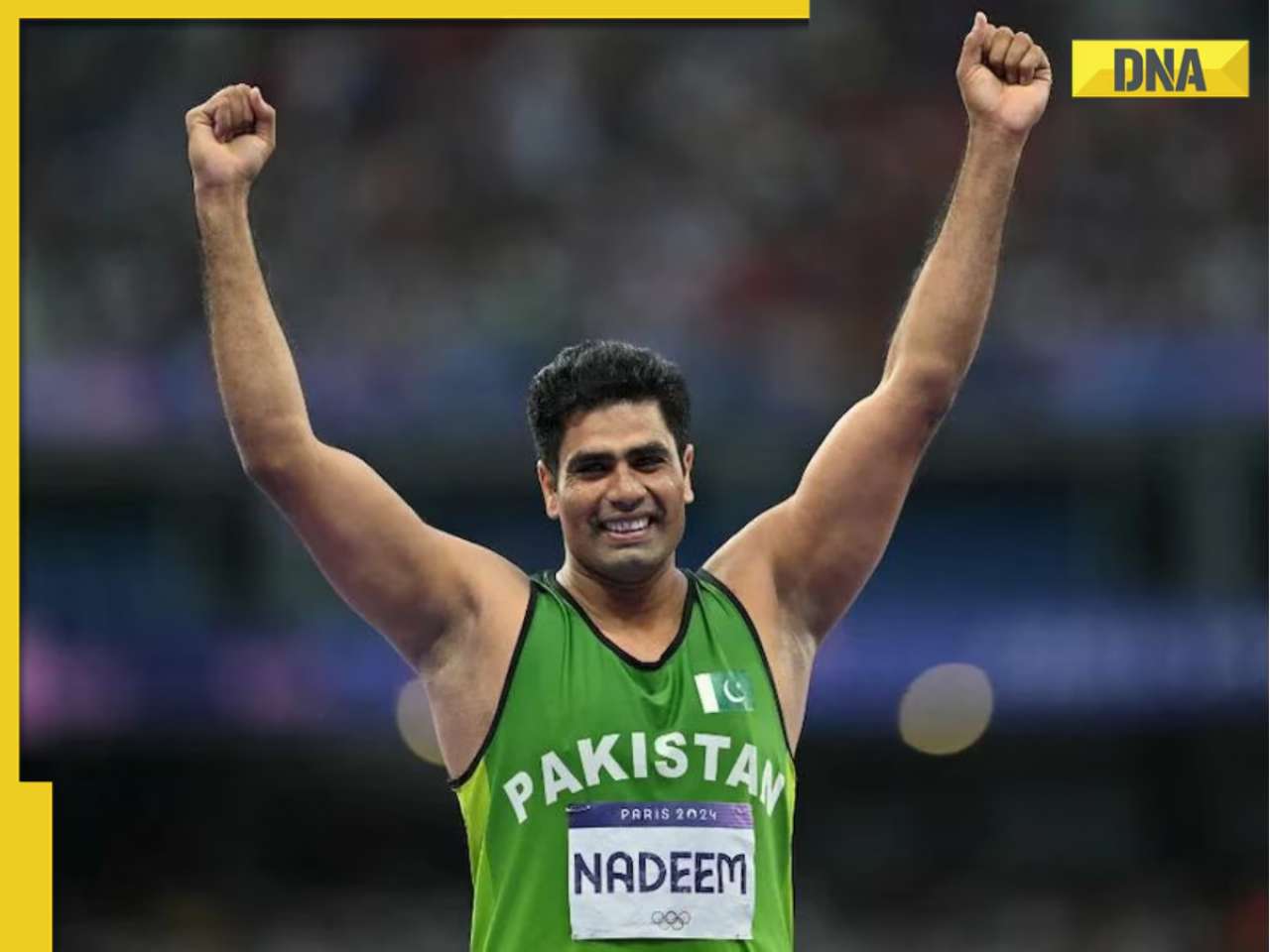










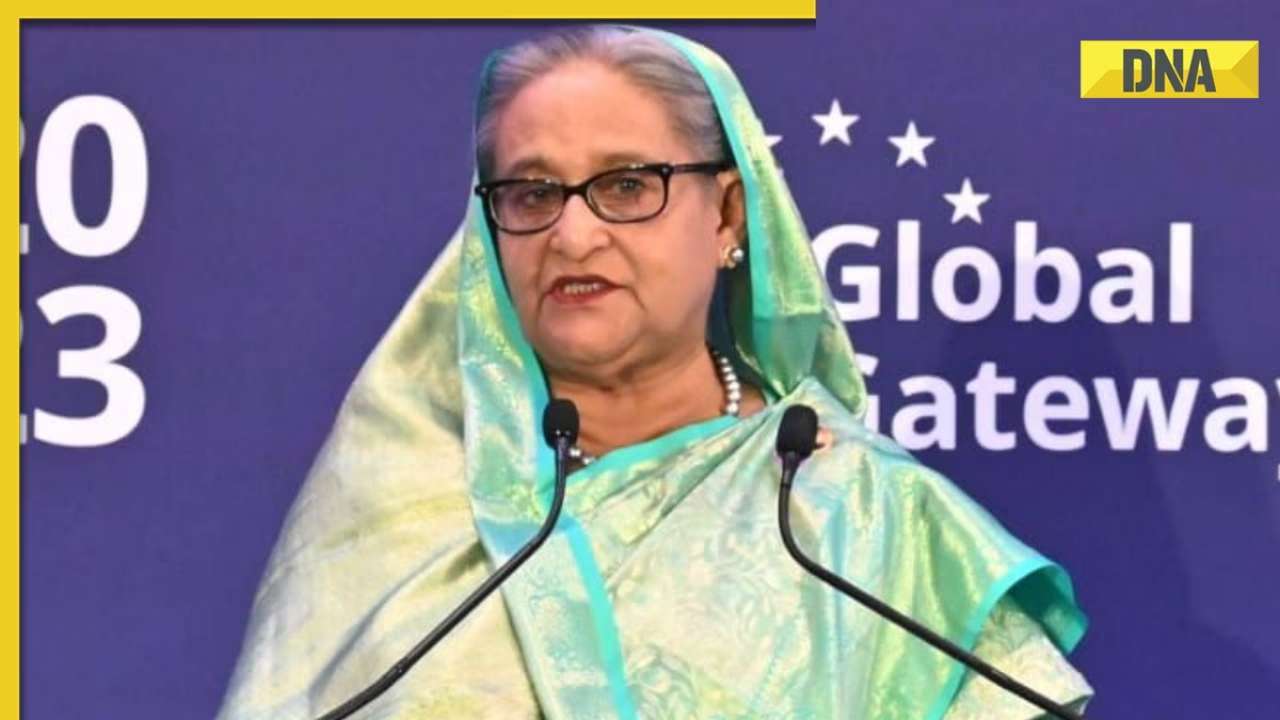




)
)
)
)
)
)
)
)
)
)
)
)
)
)
)
 Jacques Kallis has 292 wickets as he gears up for his final Test © Getty Images
Jacques Kallis has 292 wickets as he gears up for his final Test © Getty Images




)
)
)
)
)
)